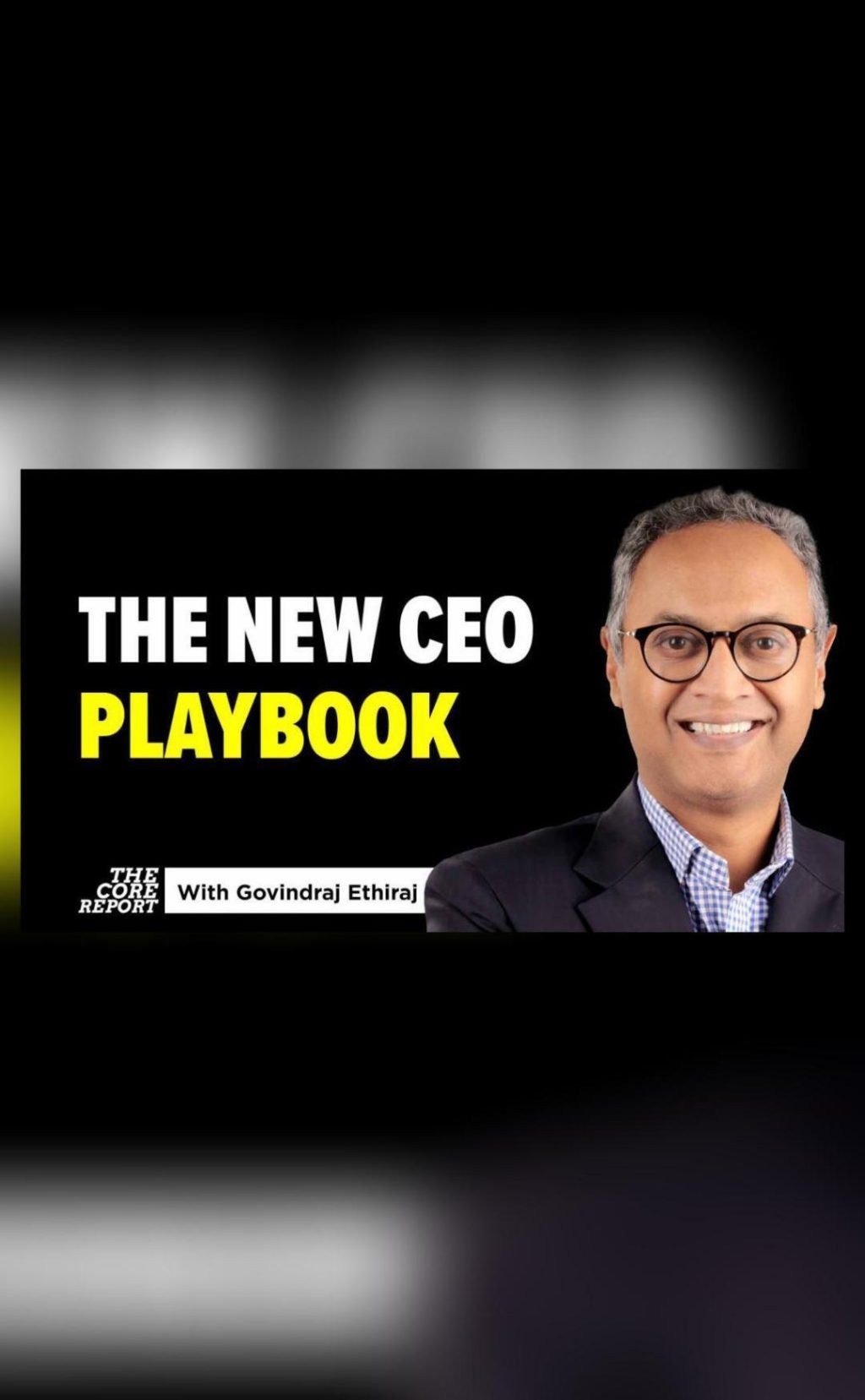
The New CEO Playbook: AI Pressures & Global Tariff Shocks
As the world hurtles forward into the era of artificial intelligence (AI), CEOs are faced with an unprecedented array of challenges. The rise of AI is reshaping industries, disrupting traditional business models, and forcing leaders to rethink their strategies and operations. Meanwhile, global tariff shocks are adding an extra layer of complexity, as shifting trade policies disrupt supply chains and global trade.
In this new landscape, CEOs are under intense pressure to adapt, innovate, and automate. With no guarantee of stability, companies are being pushed to localize, adapt, and reconsider long-held business models. In this blog post, we’ll explore the key pressures facing CEOs today, and offer insights on how they can navigate this uncertain terrain.
The AI Revolution
AI is transforming industries at an unprecedented rate. From healthcare to finance, manufacturing to logistics, AI is automating processes, improving efficiency, and driving innovation. While this has many benefits, it also poses significant challenges for CEOs. As AI displaces jobs and disrupts traditional business models, leaders must find ways to upskill their workforces, innovate their products and services, and adapt to a rapidly changing environment.
According to a recent survey by McKinsey, 80% of CEOs believe that AI will have a significant impact on their business within the next three years. However, only 40% of CEOs feel prepared to deal with the implications of AI. This gap between perception and reality is a major concern, as CEOs risk being left behind by the AI-driven revolution.
Global Tariff Shocks
Meanwhile, global tariff shocks are adding an extra layer of complexity to the CEO’s playbook. The ongoing trade war between the United States and China has sent shockwaves through global supply chains, disrupting trade flows and impacting businesses of all sizes.
The impact of tariffs is far-reaching, affecting everything from raw materials to finished goods. As companies struggle to navigate the complex web of tariffs and trade agreements, CEOs must balance the need for growth and profitability with the need to adapt to a rapidly changing trade landscape.
The CEO’s Dilemma
So, what’s the CEO’s dilemma? On one hand, they must innovate and automate to stay ahead of the AI curve. On the other hand, they must navigate the treacherous waters of global tariff shocks, protecting their businesses and supply chains from disruption.
To make matters worse, CEOs are under intense pressure to deliver results. Shareholders are demanding growth, profitability, and returns. Board members are scrutinizing performance, and the media is eager to report on any missteps.
The New CEO Playbook
So, how can CEOs navigate this complex landscape? Here are a few key takeaways from the new CEO playbook:
- Prioritize Innovation: CEOs must prioritize innovation, investing in AI, data analytics, and digital transformation. This will help them stay ahead of the competition, improve efficiency, and drive growth.
- Build Resilience: CEOs must build resilience into their businesses, diversifying supply chains, and developing contingency plans for trade disruptions.
- Localize and Adapt: CEOs must localize and adapt their businesses to changing trade policies and regulations. This may involve shifting production to new regions, or developing new products and services to meet local demand.
- Upskill the Workforce: CEOs must invest in upskilling their workforces, providing training and development programs to help employees adapt to the changing landscape.
- Stay Agile: CEOs must stay agile, monitoring market trends, and responding quickly to changes in the trade landscape.
Conclusion
The new CEO playbook is all about adapting to a rapidly changing world. As AI reshapes industries and tariff shocks disrupt trade, CEOs must prioritize innovation, build resilience, localize and adapt, upskill their workforces, and stay agile.
It’s a daunting task, but one that requires bold leadership, strategic thinking, and a willingness to take calculated risks. By following the new CEO playbook, business leaders can navigate the uncertain terrain, and emerge stronger, more resilient, and more innovative than ever before.
Source:
Watch the full discussion on this topic at: https://youtu.be/0osLVVtj7tY






